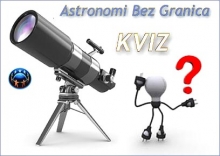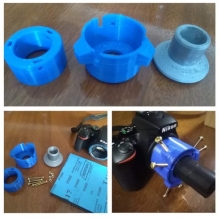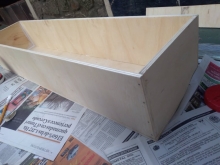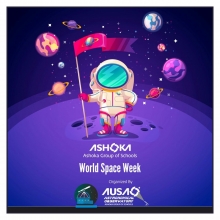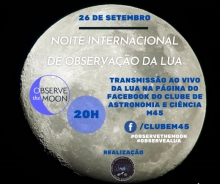Nancy Alima Ali
When the average person thinks of astronomy, images of the solar system, planets, stars and galaxies come to mind. Breathtaking photos such as the Hubble Deep Space field or the view of Earth from Saturn taken by the Cassini spacecraft. Many people think that astronomy is all about “out there” and doesn’t have much to do with people here on Earth. But the truth is that astronomy and culture are inextricably intertwined and have been so since people first started looking up at the sky in wonder.
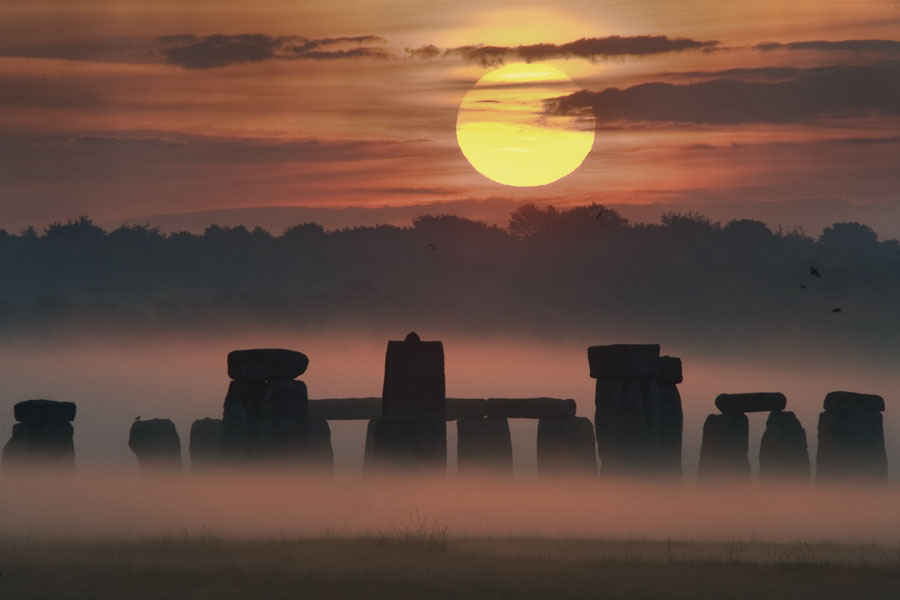
There are hundreds of examples of ancient sites built thousands of years ago all around the world in which people created monuments, temples, tombs and other structures that were aligned with the Sun, Moon or stars. Ice age cave paintings in France show evidence of observations of the Moon. The megalithic stones at Stonehenge in England are aligned with the rising and setting points of the Sun at summer and winter solstice, providing a ritual space that is tied to the solar calendar. Air shafts in Egypt’s Great Pyramid tomb are aligned to stars that symbolize key mythological concepts related to death and resurrection.
These are all examples of archaeoastronomy sites. Archaeoastronomy is the study of how people (generally in the past) have observed and understood phenomena in the sky and how this understanding was embedded in their culture. By its nature, archaeoastronomy is interdisciplinary. The word itself comes from a combination of archaeology and astronomy, but the academic field also draws on cultural anthropology, history of astronomy, art history, epigraphy, religion and more.
Whereas archaeoastronomy generally focuses on cultures in the past, ethnoastronomy explores how contemporary cultures understand, use and connect to the sky. The focus here is not on ancient people from long ago, but living people who are using celestial knowledge today. An example of ethnoastronomy is the solar symbolism of religious rituals performed by indigenous Maya people in the highlands of Mexico.
In many ways, ethnoastronomy implies an “other.” It often takes the form of the study of non-Western peoples by Western scholars. From my perspective, this can result in biases on how ethnoastronomy is conceptualized and defined. For example, the use of the Moon’s phases to determine the dates of Easter is often not considered ethnoastronomy, but the use of the Moon’s phases to determine planting and fishing in Hawaiian culture would be considered ethnoastronomy by many. Partly for this reason, I sometimes use the phrase “cultural astronomy” to refer to the ways in which astronomical knowledge is embedded into culture, both in the past and in contemporary societies. To me, this feels broader, more inclusive and a little less academic.
Whether called archaeoastronomy, ethnoastronomy or cultural astronomy, interest in the intersections between astronomy and culture is growing, as evidenced by the UNESCO-IAU Astronomy and World Heritage Initiative. Created in2003, this international initiative aims to “establish a link between science and culture towards recognition of the monuments and sites connected with astronomical observations dispersed throughout all the geographical regions, not only scientific but also the testimonies of traditional community knowledge”.
But “cultural astronomy” could be understood another way. Thinking more broadly, the intersection of astronomy and culture is seen in such projects as the Exploratorium’s Science for Monks project which engaged Tibetan Buddhist monks in science, including astronomy. The mission of this project is to grow and sustain science learning that engages Buddhism with science. The monks’ unique perspective on science and spirituality includes such compelling questions as “If scientists are able to find exoplanets with life on them, what plans and preparations have we done to help/benefit beings on those planets?”
Another example of the intersection of astronomy and culture can be seen in the Native Skywatchers project which shares star and constellation stories from the Lakota and Ojibwe cultures. These stories were traditionally only told at certain times of the year but as elders pass away, knowledge about the sky threatens to go with them. In this case, sharing knowledge about the sky is a way of keeping cultural heritage alive.
Not all interactions between astronomy and culture are harmonious. As I write this (in April 2015), there are many Native Hawaiian people who are actively protesting the construction of the Thirty Meter Telescope on Mauna Kea in Hawaii. For astronomers, Mauna Kea is one of the best places in the world to conduct astronomical research because of its latitude, altitude, stable atmosphere, relative lack of light pollution, etc. However, Mauna Kea is also one of the most sacred places in Hawaii so building a huge telescope on this mountain is akin to tearing down Notre Dame Cathedral in France to install scientific instruments in its place.
For those readers who are interested in exploring more cultural astronomy topics, here are some resources for you to check out:
- Cultural Astronomy podcast series on 365 Days of Astronomy
- NeverLost website exploring Polynesian Voyaging
- Traditions of the Sun website exploring Chaco Canyon and Yucatec Maya solar sites
- Living Maya Time website exploring Maya calendars
- Calendar in the Sky website which connects the knowledge of the Maya to NASA science
###

Nancy Alima Ali, M.Ed., is a Coordinator of Public Programs at Multiverse at the Space Sciences Lab at the University of California, Berkeley. For over 15 years, Ms. Ali has been active in both formal and informal education as a classroom teacher, college instructor, museum educator, curriculum developer and program manager. Ms. Ali has a particular interest in exploring the ways in which multiple worldviews contribute to our understanding of the cosmos. She blogs about the intersection of astronomy and culture at www.astroalima.com and hosts the Cultural Astronomy podcast series on 365 Days of Astronomy at https://cosmoquest.org/x/365daysofastronomy/meet-our-podcasters/cultural-astronomy/.









